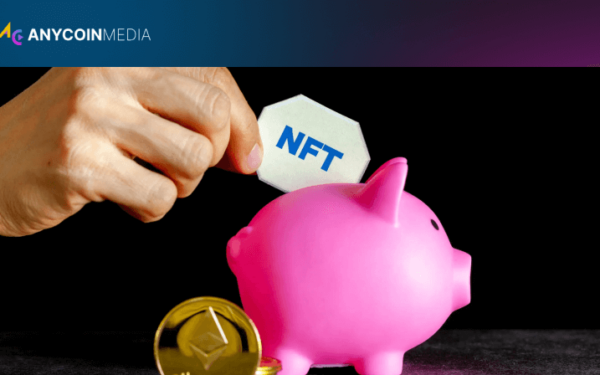In the vast and often perplexing world of cryptocurrencies, crypto faucets stand out as a unique and intriguing concept. These digital dispensers of virtual currency have been around almost as long as Bitcoin itself, serving as both an introduction to the crypto ecosystem and a source of heated debate within the community. At its core, a crypto faucet is a reward system distributed as a website or app that releases small amounts of cryptocurrency to users in exchange for completing simple tasks.
The first Bitcoin faucet was created in 2010 by Gavin Andresen, a prominent figure in the early Bitcoin community. His creation was simple yet revolutionary: a website that gave away 5 bitcoins to anyone who solved a captcha. At the time, these bitcoins were worth mere pennies, but Andresen’s goal wasn’t financial gain. Instead, he aimed to spread awareness and encourage adoption of the fledgling digital currency.
This pioneering faucet set the stage for what would become a widespread phenomenon in the cryptocurrency space. As Bitcoin’s value skyrocketed and new cryptocurrencies emerged, faucets evolved to meet changing market conditions and user expectations.
The mechanics of crypto faucets are deceptively simple. Users visit a faucet website or app and complete a specified task — often solving a captcha, watching an advertisement, or playing a simple game. In return, they receive a small amount of cryptocurrency, typically a fraction of the coin or token being distributed.
The amounts dispensed by faucets are usually minuscule — often measured in Satoshis (one hundred millionth of a Bitcoin) for Bitcoin faucets or similarly small denominations for other cryptocurrencies. However, the appeal lies not in immediate riches but in the potential for growth and the low-risk introduction to cryptocurrency ownership.
As the cryptocurrency ecosystem has expanded, so too has the variety of faucets available. Here’s a breakdown of some common types:
|
Faucet Type |
Description |
Pros |
Cons |
| Traditional | Basic captcha-solving for rewards | Simple, widely available | Low payouts, time-consuming |
| Game-based | Mini-games or gambling elements | More engaging, potential for higher rewards | Risk of addiction, complex withdrawal processes |
| Offerwall | Rewards for completing surveys or tasks | Higher payouts, variety of tasks | Time-intensive, potential for personal data collection |
| Mining faucets | Rewards from pooled mining efforts | Passive income potential | Requires device resources, lower individual payouts |
| PTC (Paid-to-Click) | Rewards for viewing ads | Simple, often combined with other faucet types | Very low payouts, risk of malicious ads |
At first glance, the concept of giving away free cryptocurrency might seem counterintuitive or unsustainable. However, faucet operators have developed various models to make their ventures profitable:
The economics of faucets are delicately balanced. Operators must ensure that the rewards they offer are attractive enough to draw users but not so high as to render the faucet unprofitable. This balance has become increasingly challenging as cryptocurrency values have risen and competition among faucets has intensified.
Crypto faucets play several important roles within the broader cryptocurrency landscape:
For many, faucets serve as a low-risk entry point into the world of cryptocurrencies. They allow newcomers to experience owning and transacting with digital assets without the need for initial investment. This hands-on experience can be invaluable in demystifying cryptocurrencies and blockchain technology.
By distributing small amounts of cryptocurrency to a wide user base, faucets contribute to overall market liquidity. This can be particularly important for newer or less established cryptocurrencies seeking to build a user base and increase circulation.
Faucets on test networks (testnets) play a crucial role in blockchain development. They allow developers to obtain testnet coins for experimenting with smart contracts, decentralized applications (dApps), and other blockchain features without using real, valuable cryptocurrencies.
Despite their potential benefits, crypto faucets are not without their critics and challenges:
As the cryptocurrency landscape continues to evolve, so too will the role and nature of crypto faucets. Several trends and possibilities are emerging:
Although often ignored in discussions of cryptocurrency innovation, crypto faucets have played a widespread role in the development and spread of the medium. From their humble beginnings as a means of distributing Bitcoin to today’s diverse documentation, faucets have consistently served as students’ gateways to the world of digital property.
As the cryptocurrency market matures, faucets’ function may also change, but their fundamental motive—distributing small amounts of cryptocurrency to a wide audience—remains relevant. Whether it’s academic hardware, advertising channels, or new approaches to interacting with digital things, crypto faucets continue to occupy a unique area of interest within the blockchain landscape.
For those intrigued by the idea, exploring trusted faucets could provide a low-risk cryptocurrency sector. However, as with all matters in the crypto space, due diligence and reasonable expectations are critical. While faucets won’t be an instant get-rich-quick scheme, they provide a fascinating glimpse into the progressive and often playful spirit of the cryptocurrency community.





